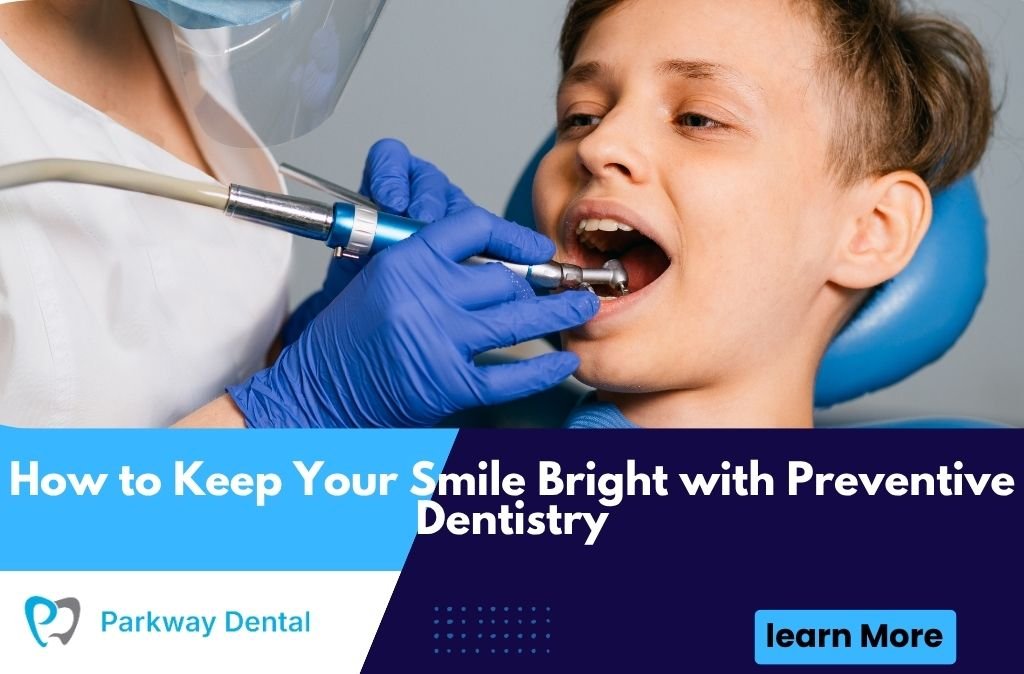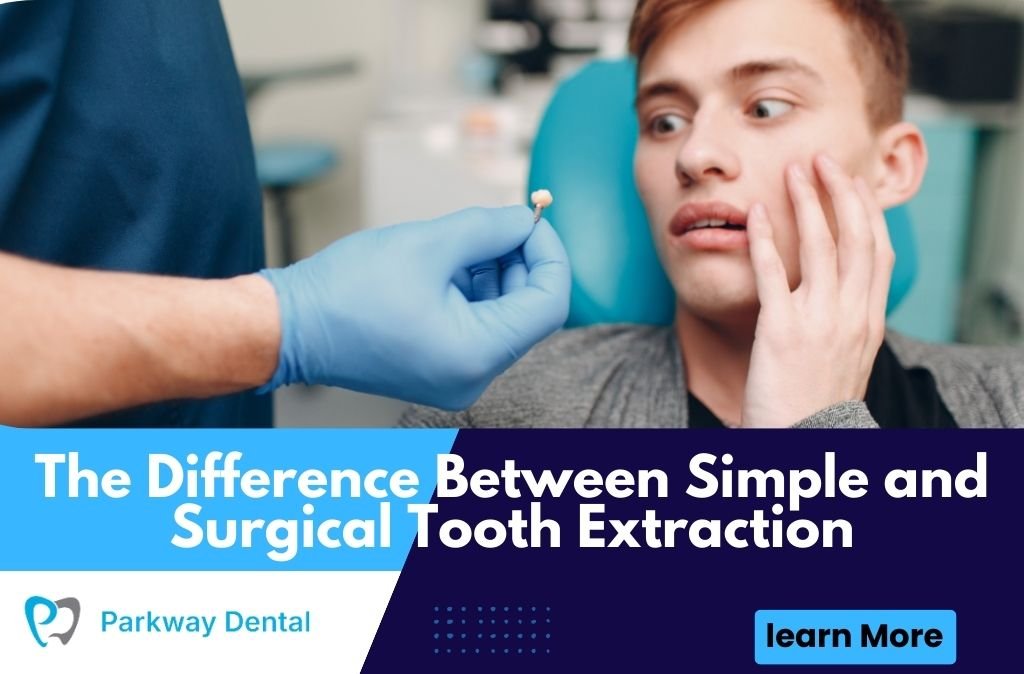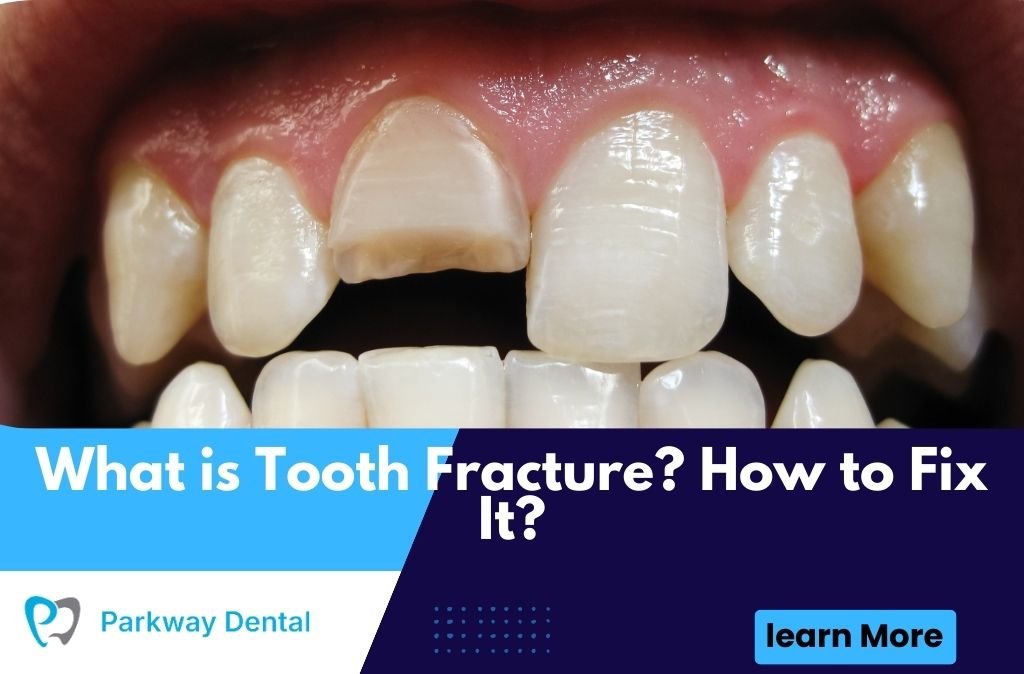Preventive dentistry is the proactive path to long-lasting dental health. By adopting daily habits and scheduling regular care, you can protect your teeth from decay, staining, and gum problems—keeping your smile bright and confident. In this guide, discover the proven strategies used by dental professionals to help maintain healthy teeth and gums for life.
Why Preventive Dentistry Matters for a Bright Smile
Preventive dentistry focuses on care before problems begin—spotting risks early and avoiding costly or painful treatments.
Averting Tooth Decay and Cavities
Daily brushing with fluoride toothpaste, flossing, and routine cleanings helps prevent tooth decay, stopping cavities before they form.
Stain Prevention and Enamel Preservation
Avoiding tartar buildup and polishing procedures can prevent tooth stains. Regular cleaning also removes debris that erodes enamel and causes discoloration.
Daily Oral Hygiene Routine for a Radiant Smile
A consistent daily routine lays the foundation for healthy, stain-resistant teeth.
Brushing with Fluoride Toothpaste
Use a soft-bristle brush and fluoride toothpaste twice a day to remove plaque, strengthen enamel, and reduce acid attack. Replace your brush every 3‑4 months.
Flossing Correctly Each Day
Careful interdental cleaning removes 40% of plaque exposed only between teeth. Clean around each tooth in a gentle “C‑shape” motion to avoid injury.
Using Mouthwash or Rinses
Rinse with an alcohol‑free antibacterial mouthwash to reduce bad breath, prevent gum inflammation, and control bacteria that cause cavities.
The Power of Regular Dental Checkups
Routine dental visits help detect problems early and refresh your smile.
Biannual Dental Exams Are Essential
A dental exam twice a year includes visual checks and X‑rays to spot cavities, gum disease, or enamel loss before symptoms arise.
Professional Cleaning and Polishing
During cleanings, hygienists remove tartar, polish stains, and floss between tight spots—maintaining bright teeth and boosting enamel shine.
Utilizing Fluoride and Protective Sealants
Extra protective treatments keep teeth strong and stain-resistant.
Fluoride Varnish Applications
Fluoride varnish strengthens enamel and helps reverse early acid damage. It’s especially helpful for children and those prone to cavities.
Sealants for Molars and Grooves
Dental sealants applied to chewing surfaces prevent bacteria from settling into deep grooves that cause decay—ideal for soon after permanent molars emerge.
Eat Smart: Foods That Help or Harm Your Smile
Your diet can actively enhance—or deteriorate—your smile’s brightness over time.
Teeth‑Friendly Foods to Enjoy
Crunchy fruits and vegetables (like apples, celery), dairy, nuts, and water help neutralize acid, clean surfaces, and deliver minerals that support strong enamel.
Limit Staining and Sugary Drinks
Reducing consumption of coffee, tea, soda, and dark sauces prevents discoloration. If consumed, rinse with water after to minimize contact time.
Minimizing Habits That Damage Your Smile
Avoid behaviors that wear enamel, cause stains, or weaken your dental health.
How Smoking and Tobacco Stain Teeth
Nicotine and tar cause yellow and brown spots on enamel. Quitting smoking not only improves oral health but also restores a whiter smile over time.
Avoid Teeth Grinding and Clenching
Bruxism can wear down enamel and cause cracks. A custom night guard protects teeth and preserves surface integrity.
Additional Preventive Tools for Dental Protection
Smart tools add an edge to your oral care—helping maintain brightness and strength.
Tongue Scrapers for Fresh Breath
Removing bacteria from your tongue helps prevent bad breath and plaque buildup, keeping your smile cleaner and brighter.
Interproximal Brushes for Tight Spaces
These small brushes reach between crowded teeth where floss may miss—especially helpful for orthodontic patients or those with wider gaps.
Addressing Tooth Sensitivity Before It Worsens
Speak to your dentist if you notice signs of enamel wear or dentin exposure.
Sensitivity Toothpaste and Desensitizing Gels
Use potassium nitrate or stannous fluoride toothpaste to lessen sensitivity—especially before meals or brushing.
Avoid Over-Bleaching or Hard-Brushing
Harsh whitening or rigorous brushing can thin enamel. If you whiten, consult your dentist for safe protocols to maintain brightness without damage.
Cosmetic Maintenance for Long-Term Brightness
Even with perfect habits, your smile needs occasional cosmetic refreshers to stay white and radiant.
Professional Whitening Touch-Ups
If you’ve had your teeth whitened, ask your dentist how often to schedule touch-up whitening treatments. Maintenance boosts results and removes new stains.
Polishing During Cleanings
Routine cleanings often include a polishing session that lifts surface stains caused by food, drinks, or tobacco—keeping your smile naturally shiny.
Choosing the Best Tools for Preventive Care
Investing in the right oral health tools enhances your daily results.
Electric vs Manual Toothbrush
An electric toothbrush is proven to remove more plaque than manual brushes. Choose one with a soft head and timer for optimal brushing.
Water Flossers and Interdental Tools
Water flossers flush out bacteria from under the gum line—ideal for braces, implants, or people who find string floss difficult to use.
Preventing and Managing Gum Disease
A bright smile isn’t only about teeth—your gums matter too.
Gingivitis Warning Signs
Early gum disease symptoms include bleeding when brushing, bad breath, and gum swelling. If untreated, it can lead to periodontitis, bone loss, and tooth mobility.
Deep Cleanings and SRP Therapy
If gum disease develops, your dentist may perform scaling and root planing (SRP) to remove tartar under the gums and prevent damage to supporting structures.
Smile Care for Different Life Stages
Your smile’s needs change with age, and so should your preventive plan.
Children and Teens
Focus on brushing routines, fluoride treatments, and sealants. Habits built young last a lifetime and reduce cavity risk dramatically.
Adults and Seniors
As you age, gum recession, dry mouth, and worn enamel can occur. Regular cleanings and exams help detect issues early and maintain a youthful smile.
Combining Lifestyle Choices with Dental Wellness
Your lifestyle has a direct impact on the brightness and health of your teeth.
Hydration Helps Oral Health
Drink plenty of water to flush out bacteria, boost saliva flow, and reduce acid erosion. Hydration is one of the easiest ways to keep your smile fresh.
Smart Snacking Habits
Frequent snacking—especially sugary or sticky foods—feeds bacteria. Opt for tooth-friendly snacks like cheese, apples, or raw vegetables.
Conclusion
A healthy, glowing smile isn’t just about brushing twice a day. It’s about choosing smart foods, seeing your dentist regularly, using the right tools, and watching for early signs of trouble. Preventive dentistry puts you in control of your oral health—and it’s easier, more affordable, and more comfortable than fixing problems after they start.
If you’re ready to take your smile seriously, schedule a visit with a trusted Dentist in West Roxbury, MA who can guide your preventive care with professional cleanings, exams, and expert advice. A brighter, healthier smile starts with prevention—and it starts with you.
FAQs
How often should I visit the dentist for preventive care?
Visit every six months for a check-up and cleaning unless your dentist recommends otherwise.
Can preventive dentistry whiten my teeth?
Preventive care removes stains and maintains brightness. For deeper whitening, you may need professional whitening treatments.
What’s the best toothpaste for a bright smile?
Choose fluoride toothpaste with whitening agents approved by the ADA. Avoid harsh abrasives that can wear enamel.
How do I prevent stains from coffee and tea?
Use a straw, rinse your mouth with water afterward, and avoid sipping throughout the day.
Does mouthwash really help with prevention?
Yes, especially antibacterial or fluoride mouthwashes. They kill bacteria and strengthen enamel.
Can flossing really make a difference?
Absolutely. Flossing removes plaque between teeth—areas your brush can’t reach.
What’s better: whitening toothpaste or professional whitening?
Whitening toothpaste helps remove surface stains. Professional whitening penetrates deeper for faster, more noticeable results.
How do sealants work?
Sealants cover grooves on chewing surfaces—especially molars—to prevent food and bacteria buildup.
Can children benefit from preventive dentistry?
Yes! Sealants, fluoride, and habit coaching are essential for early dental health.
What foods help keep teeth white?
Apples, celery, cheese, and carrots clean teeth naturally and reduce acidity in the mouth.







